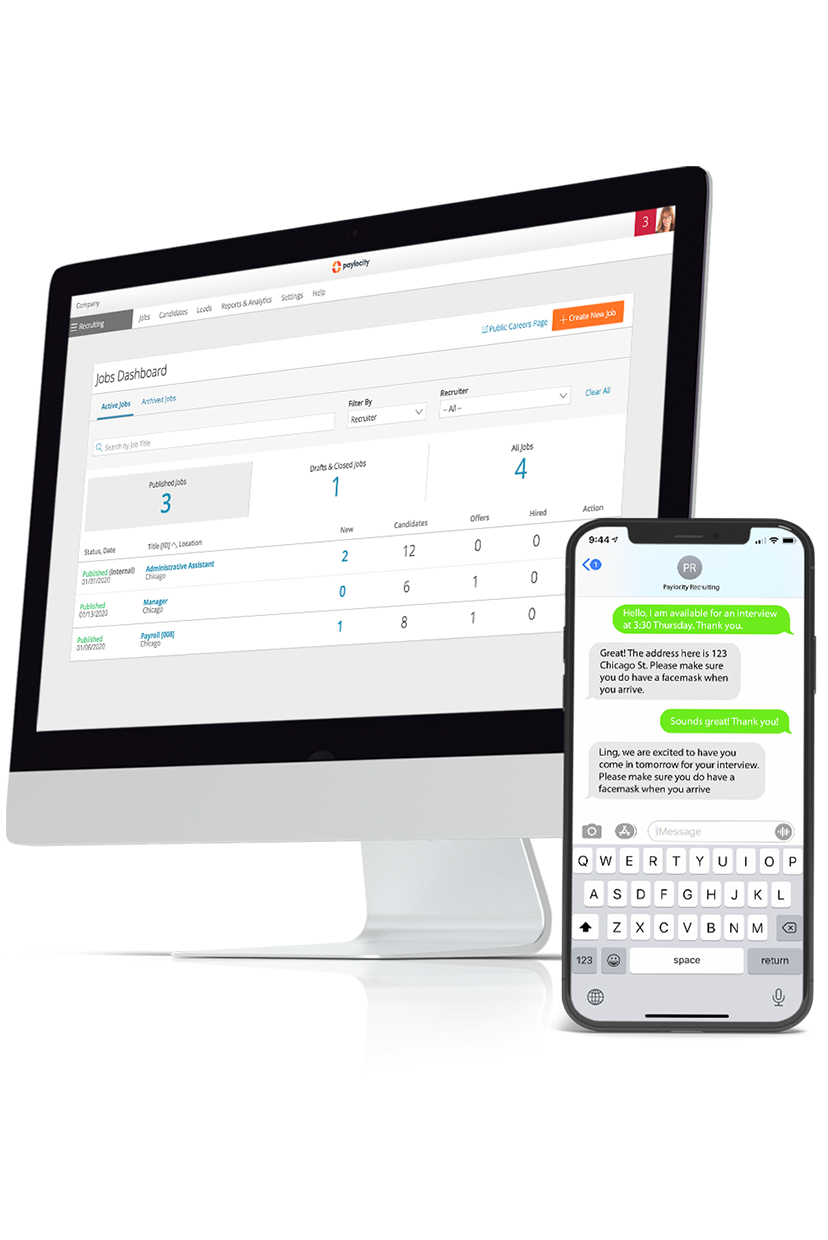Types of Pre-Employment Screening
There's no one-size-fits-all approach for pre-employment screening. Let's break down some of the more common types:
Criminal Background Checks
Background checks search national and local databases to uncover any criminal history. Employers use this information to assess potential risks associated with hiring a candidate. Criminal records can include felonies, misdemeanors, and any ongoing legal issues.
Employment History Verification
Employment verification checks confirm the accuracy of a candidate's work history, including their job titles, responsibilities, and duration at each position.
It helps employers understand the candidate's professional trajectory and verify that they have the experience they claim. It also detects any possible discrepancies in the resume.
Note: This is different from the mandatory Form I-9, which checks a candidate’s employment eligibility.
Educational Verification
Employers may check the candidate’s degrees and certificates with educational institutions to confirm they're valid. This verification is crucial for roles requiring specific educational qualifications.
Credit Checks
Credit checks provide insight into a candidate's financial health and responsibility. This screening can be indicative of how responsibly a candidate manages finances, which is particularly important in financial sectors.
Drug Testing
Drug screening ensures the candidate doesn't use illegal substances. Drug tests are especially critical in industries where safety is paramount, such as transportation, healthcare, and construction.
Reference Checks
Some recruiters may contact former employers, colleagues, or academic mentors, to gather more detailed insights into the candidate’s work ethic and interpersonal skills.
Reference checks can reveal aspects of the candidate's character and professionalism that aren't always apparent in interviews or resumes.
Skill or Aptitude Tests
Skills assessments are designed to assess a candidate’s ability to perform specific tasks that the job demands.
They can range from practical hands-on tasks to computer-based simulations, providing employers with a clear measure of the candidate’s proficiency. These are either conducted during an interview or given to a candidate to complete on their own time.
For global hiring, you may incorporate a language assessment tool to verify candidates’ ability to communicate effectively in the required language(s). These assessments are fully online and can typically be completed in under 30 minutes.
Personality Tests
Personality tests help determine if a candidate's personality traits align with the company's culture and the demands of the role. These assessments can predict how well a candidate will integrate into a team. But they’re also somewhat subjective. It's best to use personality tests in conjunction with other assessments.
Some examples of personality tests include the Myers-Briggs Type Indicator, SHL Occupational Personality Questionnaire, and the HEXACO Personality Inventory.
Health Screenings
Health screenings are sometimes required for physically demanding roles to ensure that candidates can perform their duties. These tests can include physical exams, hearing tests, and other medical evaluations.
Some employers review a candidate’s public social media profiles for additional context on their behavior, interests, and social interactions. Employers must navigate these checks carefully to respect privacy and avoid discrimination, but they can offer useful insights into a candidate's character and values.
Driving Record Checks
Important for roles that involve operating a vehicle, driving record checks ensure that candidates have a clean driving record and have the necessary driver's licenses. It helps mitigate risk and liability for the company by confirming the candidate's history of safe driving practices.
Choosing the Right Pre-Employment Screening Tests
With so many tests out there, all costing time and money, how do you pick the ones that are truly useful and relevant for your hiring decisions?
Consider the Job Description
Picture the ideal candidate for the position. What skills do they need to excel in the role? What kind of qualities and personality do they have? Once you've got that in mind, you can pinpoint which tests will help you find that perfect match.
These tests, used in conjunction with an interview cycle, can help flesh out the candidate's profile for easier decision-making.



